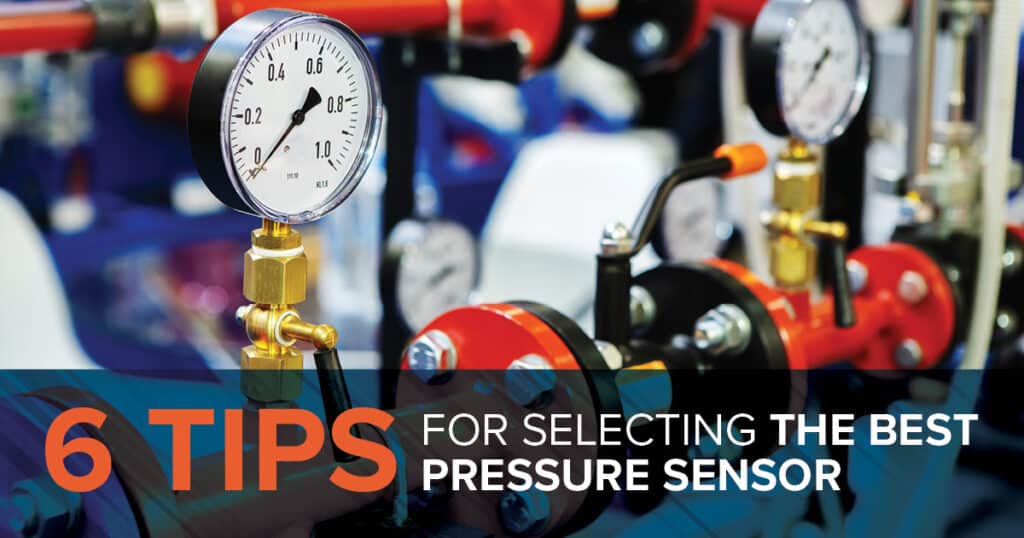If you install the wrong pressure sensor in your pump system, it can lead to significant problems. You may experience equipment damage, inconsistent system performance, or even worker injury. You can’t afford to have inaccurate pressure measurements. This is why selecting the proper pressure sensor for your equipment is crucial.
You don’t have to be an expert in pressure-measuring instrumentation to choose the best pressure sensor. You can follow simple tips to avoid mistakes. Here are some advantageous steps:
- Focus on sensor material.
This is one of the most important factors in selecting the right pressure sensor. The sensor itself must be compatible with the process media you run through your pump system. Whether you have abrasive slurries, acidic chemicals, or other challenging fluids, the sensor should be made of materials that can stand up to the specific abuse the process liquid creates. Many sensor manufacturers offer material selection charts and tools to help you figure out the best solution.
- Measure the desired pressure reference.
One of the first steps is to determine which pressure reference you want to measure with the sensor. For example, certain sensors measure based on current atmospheric conditions (gauge reference), and others are based on absolute zero pressure (absolute reference).
- Prioritize accurate measurements.
This seems obvious, but it is worth highlighting. Different manufacturers around the world may be publishing different performance and accuracy specifications (also known as “specsmanship”). Understand your equipment’s specific accuracy needs in terms of an acceptable tolerance on pressure measurements. Select a pressure sensor that achieves the level of accuracy you require.
- Avoid hydraulic shock.
Hydraulic shock effects within a pump system can damage or hinder the accuracy of a pressure sensor. This is the sudden external impact on equipment that may alter fluid velocity inside the pump. Select a pressure sensor that is able to withstand hydraulic shock and any subsequent changes in fluid velocity. In addition, other instruments and accessories can be installed to minimize the effects of hydraulic shock on your pressure sensor.
- Ensure equipment compatibility.
Most original equipment manufacturers (OEMs) provide specifications regarding replacement parts or upgradeable components such as pressure sensors. Ensure any aftermarket pressure sensor you install is compatible with your pump equipment. The same can be said even if purchasing a different sensor from the OEM. Not all sensors they produce are compatible with your equipment. This is especially important to remember if selecting a new pressure sensor to use with older pump equipment.
- Ask an expert.
You shouldn’t have to be a pressure sensor expert to find the best pressure sensor for your pump system. Seek the advice of the OEM or sensor manufacturer, or count on your pump management service provider to guide you in the right direction. At DXP Pacific, we are pump equipment specialists and can assist you with every aspect of your equipment configuration, customization, installation, training, and maintenance.
To learn more about DXP Pacific and for assistance with pressure sensor selection, contact us today.

